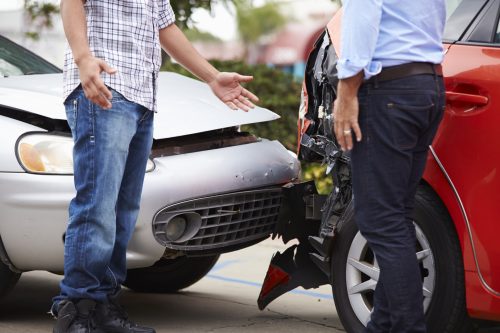
If you have been involved in a vehicle accident in which there is not a single party who was at fault, but rather several people partially at fault, then you likely have questions. How is this handled? Does the person who is most at fault pay the injury claim? In California, the answer is no. Read on to learn how these cases are handled and then contact The Law Offices of Larry H. Parker at 800-333-0000 if you have questions or want a free legal consultation.
The definition of pure comparative fault
Put simply, comparative fault is a legal principle that means the courts can distribute and assign fault in complicated accidents. Let us consider an example to better illustrate the way it works. Imagine a multi-car accident in which one of the drivers, we will refer to him as Adam, is seriously injured. The investigation into the crash showed that one of the other involved drivers was speeding and the other was texting while driving.
Due to comparative fault, the fault of each party will be assigned a percentage and that percentage will determine how much each of the other drivers must pay to the injured party. In the case above, let’s say Adam required back surgery. The driver who was texting suffered from whiplash. The driver who was speeding suffered from a concussion. The jury heard the case and awarded each of them $100,000 for their injuries.
The injured parties would not get the full amount of that award unless they were found to be zero percent at fault. Instead, their award would be reduced by their percentage of fault. Adam would get the full $100,000 because he was not found at fault. The texting driver was found 20% at fault and therefore has their award reduced by 20% for a total award of $80,000. That leaves the speeding driver, who was found to be 80% at fault, with an award reduced by $80,000 for a total of $20,000.
A person can be at fault and still receive compensation
You will noted from the example above that a person can be partially at fault for an accident and still receive compensation. The speeding driver was found to be 80% at fault but still received $20,000 because they were not entirely at fault.
It is for this reason that it is always worth it to discuss injuries with a personal injury attorney – even if you were at fault for the accident. It may be that comparative negligence only holds you partially responsible and you can recover damages.
If you have been injured in an accident, no matter whose fault it was, you can contact The Law Offices of Larry H. Parker at 800-333-0000 for a free legal consultation. We are standing by to offer our best legal advice so you understand your options.



